We can try to correct for lighting effect by fitting a linear plane over the image intensities, which will approximate the average level across the image. By subtracting this shading plane from the original image, we can attempt to
normalize lighting conditions across the image.
For color RGB images, simply repeat the process on each channel separately,
or even apply it to a different colorspace (HSV, Lab*, etc...)
Here is a sample implementation:
function img = correctLighting(img, method)
if nargin<2, method='rgb'; end
switch lower(method)
case 'rgb'
%# process R,G,B channels separately
for i=1:size(img,3)
img(:,:,i) = LinearShading( img(:,:,i) );
end
case 'hsv'
%# process intensity component of HSV, then convert back to RGB
HSV = rgb2hsv(img);
HSV(:,:,3) = LinearShading( HSV(:,:,3) );
img = hsv2rgb(HSV);
case 'lab'
%# process luminosity layer of L*a*b*, then convert back to RGB
LAB = applycform(img, makecform('srgb2lab'));
LAB(:,:,1) = LinearShading( LAB(:,:,1) ./ 100 ) * 100;
img = applycform(LAB, makecform('lab2srgb'));
end
end
function I = LinearShading(I)
%# create X-/Y-coordinate values for each pixel
[h,w] = size(I);
[X Y] = meshgrid(1:w,1:h);
%# fit a linear plane over 3D points [X Y Z], Z is the pixel intensities
coeff = [X(:) Y(:) ones(w*h,1)] \ I(:);
%# compute shading plane
shading = coeff(1).*X + coeff(2).*Y + coeff(3);
%# subtract shading from image
I = I - shading;
%# normalize to the entire [0,1] range
I = ( I - min(I(:)) ) ./ range(I(:));
end
Now lets test it on the given image:
img = im2double( imread('https://i.stack.imgur.com/JmHKJ.jpg') );
subplot(411), imshow(img)
subplot(412), imshow( correctLighting(img,'rgb') )
subplot(413), imshow( correctLighting(img,'hsv') )
subplot(414), imshow( correctLighting(img,'lab') )

The difference is subtle, but it might improve the results of further image processing and OCR task.
EDIT: Here is some results I obtained by applying other contrast-enhancement techniques IMADJUST, HISTEQ, ADAPTHISTEQ on the different colorspaces in the same manner as above:

Remember you have to fine-tune any parameter to fit your image...


